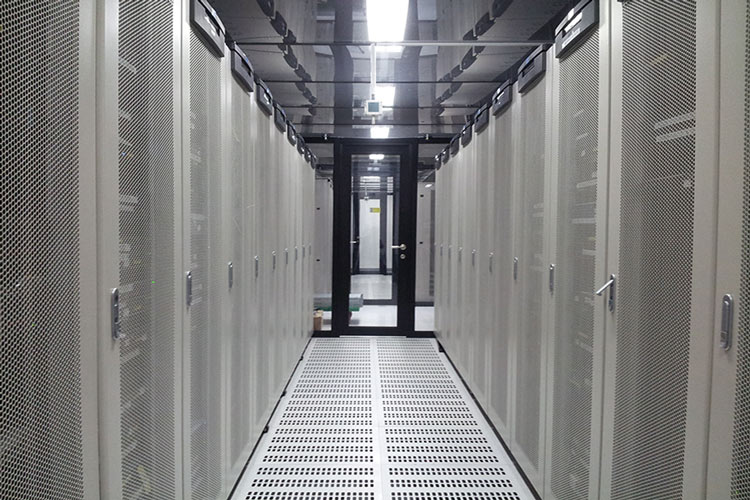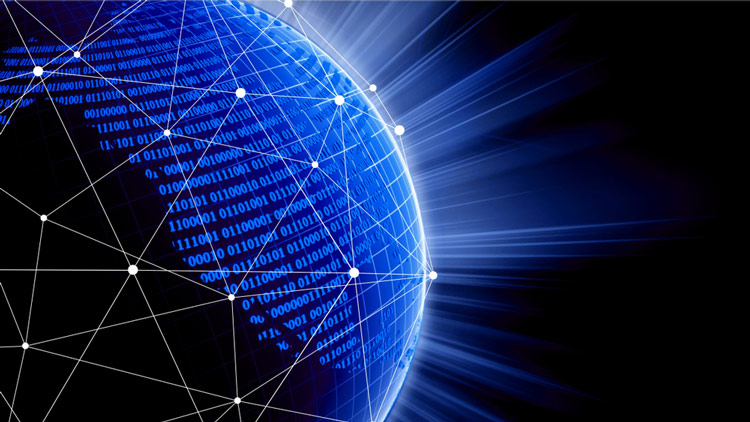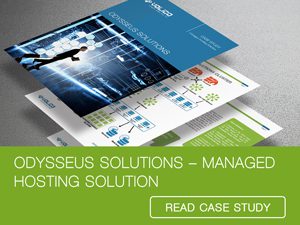Almost anything we do today requires, at one point or another, a specific degree of information processing and storage. Whether it’s our personal computers, appliances, or cars, there will be some amount of information manufacturers build into these devices to enhance our experience with the product. However, as users, businesses, and applications are becoming more and more distributed and complex, computing and networking must keep up or even precede this demand. This means that the importance of edge networking and edge computing continues to grow.
But what is edge networking, and how does it work?
While the core provides the network backbone where data can be analyzed, consumed, and stored, the edge is close to or right at the end-user device, where the data is generated. The role of the edge is crucial today in reducing response latency by enabling data processing closer to its source.
With latency becoming unacceptable in everyday operations, our reliance on the edge is growing each day, so it’s vital that we understand how edge networking works and how companies can leverage it to enhance user experience. In this article, we will explore these questions, so if you’re interested, let’s start right away.

What are Edge Networks?
Servers and routers near end-users, smartphones, IoT devices, laptops – all of those can be edge computing devices. These devices can connect to the internet, forming edge networks and bringing computing closer to where the data is generated to improve response times. By relocating computing tasks from data centers to edge devices, edge networks reduce the congestion of centralized processing units and lower latency.
Spreading data processing to the edge of networks is crucial because this geographical proximity allows faster operations that are necessary to facilitate real-time applications. Processing data locally frees up bandwidth and enables emerging technologies like machine learning and AI.
Edge networking is a part of edge computing facilitated by edge data centers. It’s basically a more distributed approach that allows organizations to leverage the benefits of low latency, increased reliability, and better overall experiences. An edge networking strategy is a method with the core objective of moving processing away from the data centers and closer towards the edge devices connected through the edge network.
The Benefits of Edge Networking
For organizations struggling with problems related to overloaded data centers, edge networking can offer lots of benefits. These are the main ones:
Speed Improvements
Of course, the list of benefits starts with speed: edge networking allows faster data transmission and better throughput thanks to its low latency benefits. The speed of these networks can be two or three times faster compared to other networks.
Advanced Security
Edge networking helps businesses protect their data through local processing, which can reduce the risk of breaches during transmission. The extra access control, packet control, and data encryption boosts network security. The improved response times with real-time threat detection reduce the attack surface, making businesses more resilient to threats.
Bandwidth Optimization
Edge networking reduces the need to send large volumes of data to centralized data centers, saving bandwidth and reducing congestion. This increased bandwidth helps reduce latency, allowing better real-time responses.
Better Reliability
Reliability is one of the most valued features of edge networking. Distributed resources enhance system reliability and fault tolerance, ensuring operational continuity even if another part of the network happens to fail.

The Core and the Edge
Core and edge networking work together as two cogs in a machine to create an efficient and responsive network architecture. With proper maintenance and periodical network modernization, these provide the stability and speed needed to stay in competition. Let’s look at the main areas of action for both.
The Network Core
Core networks are the backbone of large-scale communication infrastructures designed to handle vast amounts of data over long distances. They work with high-capacity routers and switches to ensure data transmission across large geographical areas. Core networks are centralized in major data centers and are responsible for interconnecting network parts, as well as managing traffic across global locations. They have high throughput, are scalable, and robust, ensuring data transfer between network nodes and endpoints.
The Network Edge
Edge networks, on the other hand, are decentralized and situated closer to the end users and devices that generate and consume the data. They consist of smaller, localized data centers and network infrastructure that process data directly at or close to its source. Thanks to this proximity, edge networks reduce latency, improve response times, and handle real-time data processing – offloading these tasks from the core network. Edge networking is critical for applications requiring immediate data analysis, like IoT devices, autonomous systems, and AR applications.
The core and the edge work together to handle many tasks, like managing network traffic, for instance. The core deals with high-volume data transmissions across more distant locations, while the edge makes the whole of the traffic more efficient by prioritizing tasks and improving speed. The two cooperate to bring better resiliency and user experience, increase performance, and provide the flexibility necessary for easy scaling of infrastructures.
Edge Networking Use Cases
Putting edge networking into action can be highly beneficial for many organizations and industries. Here are a few examples of the industries that can benefit from it the most.
Healthcare
Edge networking helps the healthcare industry with quick, local patient data processing, providing better telemedicine and keeping patient data secure. It allows for faster diagnoses and better remote patient monitoring. Edge networks ensure highly efficient handling of large amounts of health information close to where it’s needed, with low latency.
Retail
Edge networking benefits both in-store and online data processing by providing faster and more secure transactions. It helps with efficient data management, which is necessary for enhancing both physical and online shopping operations and experiences.
Telecommunications
Reduced latency, faster data processing, and better working real-time interactions significantly improve communications. All of these require edge networking initiatives.
Finance
The edge benefits financial services by enabling faster transaction processing and high data security. Edge networking makes it easier to detect fraudulent transactions and provides a better customer experience thanks to the improved speed. Managing vast amounts of data is a constant challenge in this industry, and edge networking can make this easier and much more efficient.
Transportation
Edge networks play a crucial role in enabling real-time data processing for traffic management and navigation. The edge supports connected vehicles with low-latency communication for safer driving and better route planning, which enhances the overall safety and efficiency of transportation systems.

Find an Edge Solution in Your Favor
A sound edge networking solution can make a big difference, that’s why edge offerings are growing in popularity every day. However, each edge network solution is different, and finding a provider that can put together the one that’s tailor-made to fit your business needs is what makes the real difference in the end.
Choosing the right provider is crucial to obtaining optimal results, so consider choosing one that can show a high level of dedication to your network and provide the management services and flexibility your company needs. Our team of experts at Volico Data Centers can help with setting up and managing your network and infrastructure solution. We offer 24/7/365 support to assist you with any issue you encounter. Our carrier-neutral, high-performance network services options can provide the backbone of your edge networking solution and help build the solution that connects every layer of your organization. Volico’s network is designed with redundant CISCO routing and switching equipment. Our fiber optic cabling provides capacity for practically unlimited scaling, and our virtual or physical connectivity solutions offer top-tier direct and dynamic connectivity options to keep your network infrastructures agile and high-performance under all circumstances.
If you’d like to learn more about networks and edge networking and how organizations can leverage it to improve operations, call Volico at (305) 735-8098 or write to us in chat.










